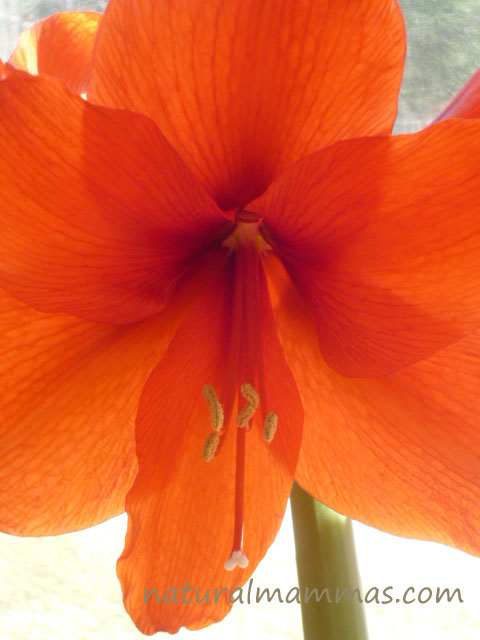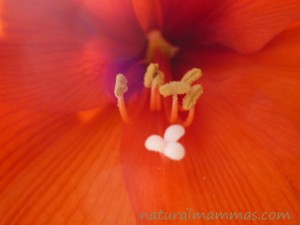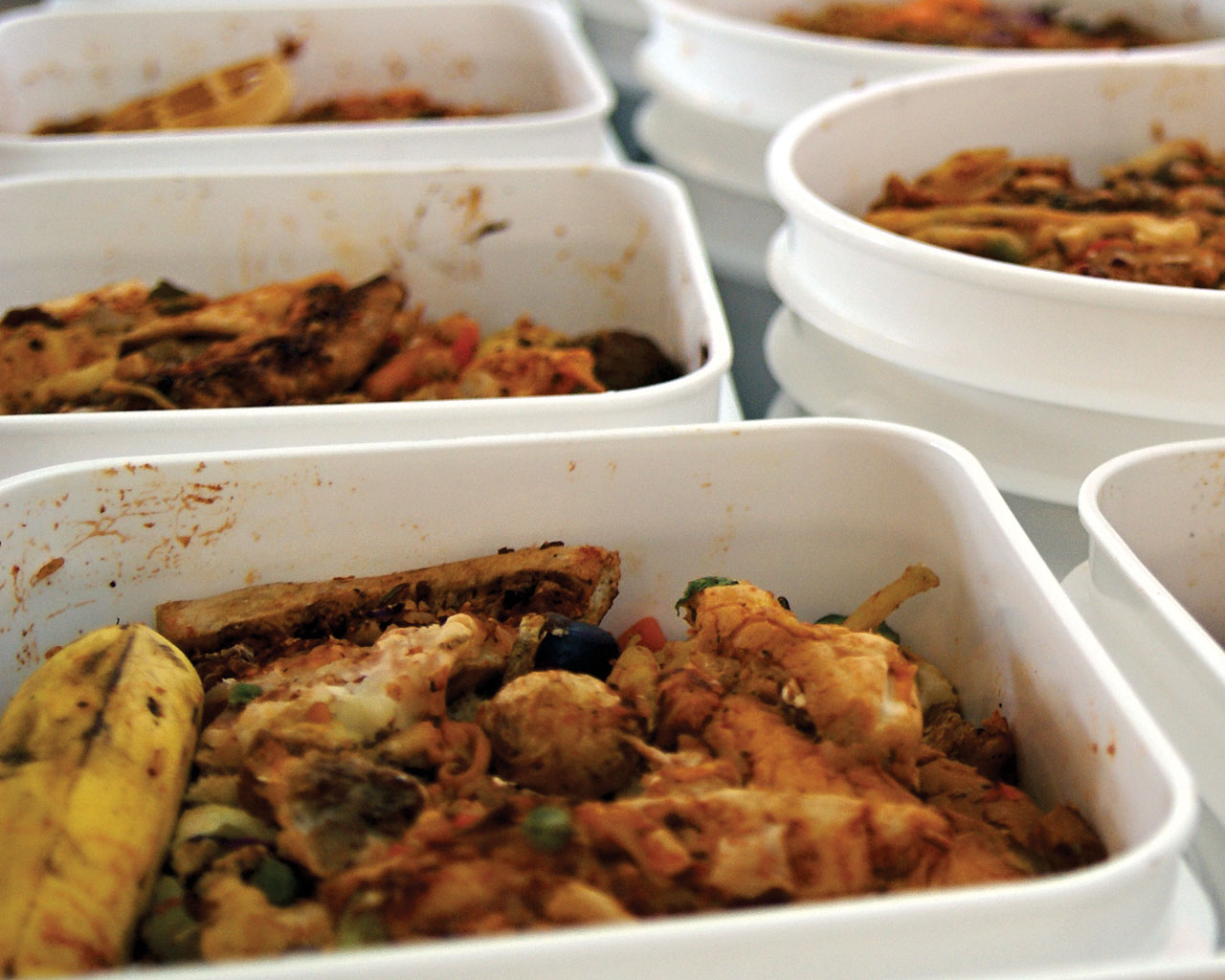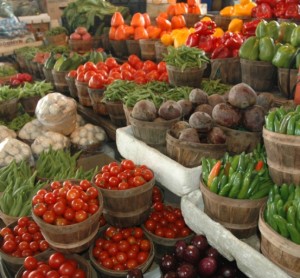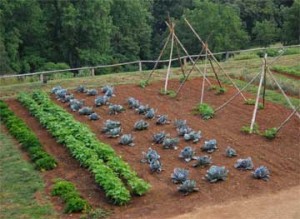Fall is an excellent time to be in the garden. While much of what you’ve planted over the summer is coming to a close. There is a lot you can still do in your organic garden both to continue the harvest for this year and prepare for an even better one next year.
Here is a quick list of fall organic gardening tips that will make your flower and veggie gardens look their best now and in the next gardening year ahead.
Plant Cool Season Crops
Leafy greens like Lettuce, Spinach, and Kale along with root crops like Carrots and Radishes, are back in full swing in most fall organic gardens. Peas and most varieties of beans are some other cool season crops that with a bit of preparation can also thrive in the fall in most areas. Depending on your zone the variety of other crops you can plant for fall harvest will vary.
Mix in Some Compost
Remember to add compost in the fall both to those spaces where you’re replanting for a fall harvest as well as the spaces in your garden finished for the year. Adding compost in the fall is really ideal for your organic garden. This way it has time to really sink in and feed the soil while it rests for the winter. The proof is in the abundant and healthy harvest you’ll reap next year from your preparedness this fall.
Plant Bulbs
Both vegetable and flower bulbs like garlic and tulips can be planted now so they’ll be ready in the spring. Again, be sure to add in some compost and mulch as needed during plant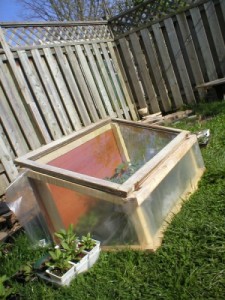 ing.
ing.
Get Out the Hoop House / Cold Frame
Now’s the time to put the hoop houses and cold frames back up to extend your growing season along with your viable crop varieties. Again, depending on your zone when you actually need these items will vary but, better to be prepared; the first frost can sneak up on you. If you have your cold frame ready though you can protect your crops and keep your harvest going long into the winter if not year round!
Sow Cover Crops
Depending on your garden fall is also a nice time to sow cover crops. Feeding the soil with cover crops is another way to prepare for the next growing season and has a myriad of benefits for the organic farmer and gardener.
Add Trees and Perennials
While this is something that can be done in the spring as well, adding trees, shrubs, and perennials is a smart thing to do in the fall because they’re often at a discount this time of year. Garden centers need to get rid of the last of the years stock before winter and some money is better than no money. If you wait long enough you can find plants and trees anywhere from 40-50% Off and more! Get them now, save money, and have new plants to anticipate seeing in all their glory this coming spring and summer.
While this can seem like a lot of work, fall is a wonderful time to be outside and, the garden will only benefit from your special care this time of year. Use these fall organic gardening tips and extend the harvest this year as well as prepare for a bountiful and beautiful organic garden next season.
Start Your Fall Organic Gardening Projects off Right –
Get $20 OFF $40 when you Click the Ladybug!


